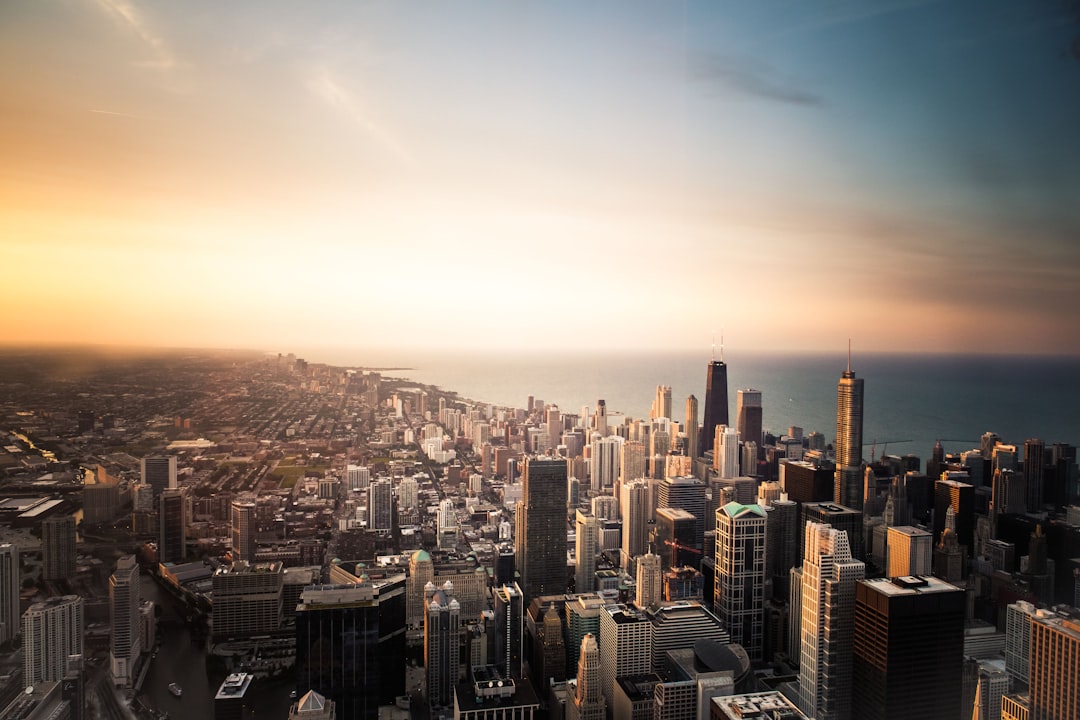Urban gardening is a powerful movement that brings green spaces into city life, improves food security, and strengthens communities. However, one of the biggest challenges for urban growers is soil quality. Unlike rural farmland, urban soil is often contaminated, compacted, and nutrient-deficient—posing risks to plant health and even human safety.
Before starting an urban garden, it’s essential to understand the challenges of urban soil and explore solutions to create healthy, productive growing environments.
Common Soil Challenges in Urban Areas
1. Contamination: The Hidden Hazard
One of the biggest concerns with urban soil is contamination from industrial activity, traffic pollution, and old building materials. Heavy metals like lead, cadmium, and arsenic, as well as chemicals like petroleum byproducts and pesticides, can linger in the soil for decades.
🔍 Common Sources of Contaminants:
-
Old buildings with lead-based paint – Lead can accumulate in the soil around structures built before the 1970s.
-
Heavy traffic areas – Car exhaust and road runoff contribute to heavy metal buildup.
-
Industrial or commercial sites – Factories, gas stations, and dry cleaners may have left chemical residues.
-
Treated wood and old pipes – Arsenic and other toxic substances can leach into the soil.
2. Soil Compaction
In urban environments, soil is often heavily compacted due to foot traffic, construction, and lack of vegetation. Compacted soil prevents water drainage and reduces oxygen availability, making it difficult for plant roots to grow.
3. Poor Nutrient Content
Urban soils tend to be depleted of organic matter and essential nutrients due to years of neglect, pollution, and improper waste disposal. Many city soils lack nitrogen, phosphorus, and potassium—key nutrients for plant growth.
4. Soil Drainage Issues
Due to high levels of clay or artificial fill materials, urban soil can drain too quickly or hold too much water. Poor drainage can lead to root rot, stunted plant growth, or increased runoff pollution.
Testing and Assessing Urban Soil
Before planting in urban soil, it’s critical to test for contamination and nutrient levels.
How to Test Your Soil:
-
Visual Inspection: Look for signs of poor soil health, such as gray or compacted soil, debris, or chemical odors.
-
At-Home Test Kits: Basic kits can measure pH, nitrogen, phosphorus, and potassium levels.
-
Professional Lab Testing: For contamination concerns, send soil samples to a university extension service or environmental lab to check for lead, heavy metals, and other toxins.
💡 Tip: If soil tests reveal contamination, avoid growing edible plants directly in the ground and opt for raised beds or container gardening.
Solutions for Healthy Urban Soil
Even if your soil is less than ideal, there are several ways to improve soil quality and create a safe, productive garden.
1. Using Raised Beds and Containers
If soil contamination is a concern, raised beds and containers offer a safe and effective solution.
-
Raised Garden Beds: Build beds with untreated wood, bricks, or metal frames and fill them with clean, high-quality soil.
-
Container Gardening: Grow plants in pots, fabric grow bags, or vertical planters to bypass poor ground soil.
-
Barrier Liners: If using raised beds on contaminated soil, place a thick barrier (such as landscaping fabric) at the bottom to prevent toxins from leaching in.
2. Soil Remediation Techniques
For those who prefer to restore and improve existing soil, consider these natural remediation methods:
-
Adding Organic Matter: Compost, aged manure, and leaf mulch improve soil fertility, texture, and microbial life.
-
Biochar: A carbon-rich material that enhances soil health and reduces heavy metal absorption by plants.
-
Cover Crops: Planting nitrogen-fixing crops like clover or beans can improve soil structure and nutrient content.
-
Phytoremediation: Certain plants (like sunflowers and mustard greens) can absorb heavy metals from the soil over time—though this process takes several seasons.
3. Improving Drainage and Aeration
If your urban soil is compacted or has poor drainage, take steps to improve its texture and water retention:
-
Loosen the soil with a garden fork or broadfork to allow air and water to penetrate.
-
Mix in sand, perlite, or compost to improve aeration and drainage.
-
Use mulch to retain moisture and reduce soil erosion.
4. Creating Safe, Lead-Free Gardening Practices
For those concerned about lead contamination, follow these precautions when growing food in urban soil:
-
Plant in raised beds with fresh soil to minimize exposure.
-
Wash all produce thoroughly before eating.
-
Wear gloves while gardening and avoid tracking soil into your home.
-
Grow fruiting crops (tomatoes, peppers, beans) instead of root vegetables (carrots, potatoes) that absorb more soil contaminants.
Final Thoughts: Urban Gardening with Healthy Soil
Despite the challenges, urban gardening is possible and rewarding with the right strategies. By understanding soil quality, testing for contamination, and using sustainable improvement techniques, city growers can cultivate safe, thriving gardens in any environment.
🌱 Key Takeaways:
✅ Always test urban soil before planting.
✅ Use raised beds or containers if contamination is present.
✅ Improve poor soil with compost, mulch, and organic matter.
✅ Take precautions against heavy metal exposure when growing edible crops.
With careful planning and sustainable practices, urban gardeners can turn even the most challenging soils into fertile ground for food, flowers, and greenery—bringing nature back to the heart of the city. 🌿🏙️

Comments
No comments yet. Be the first to comment!
You must be logged in to comment. Login